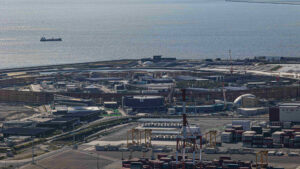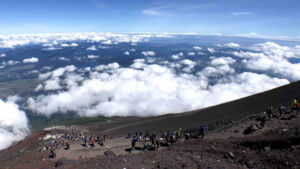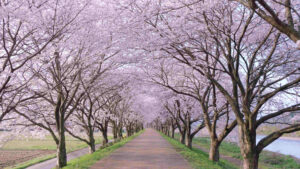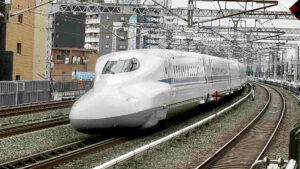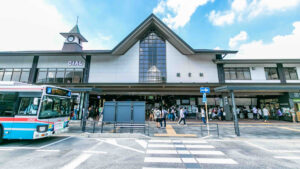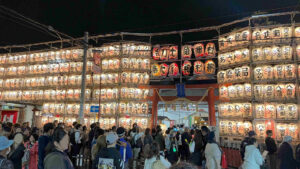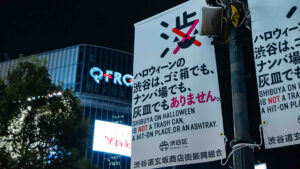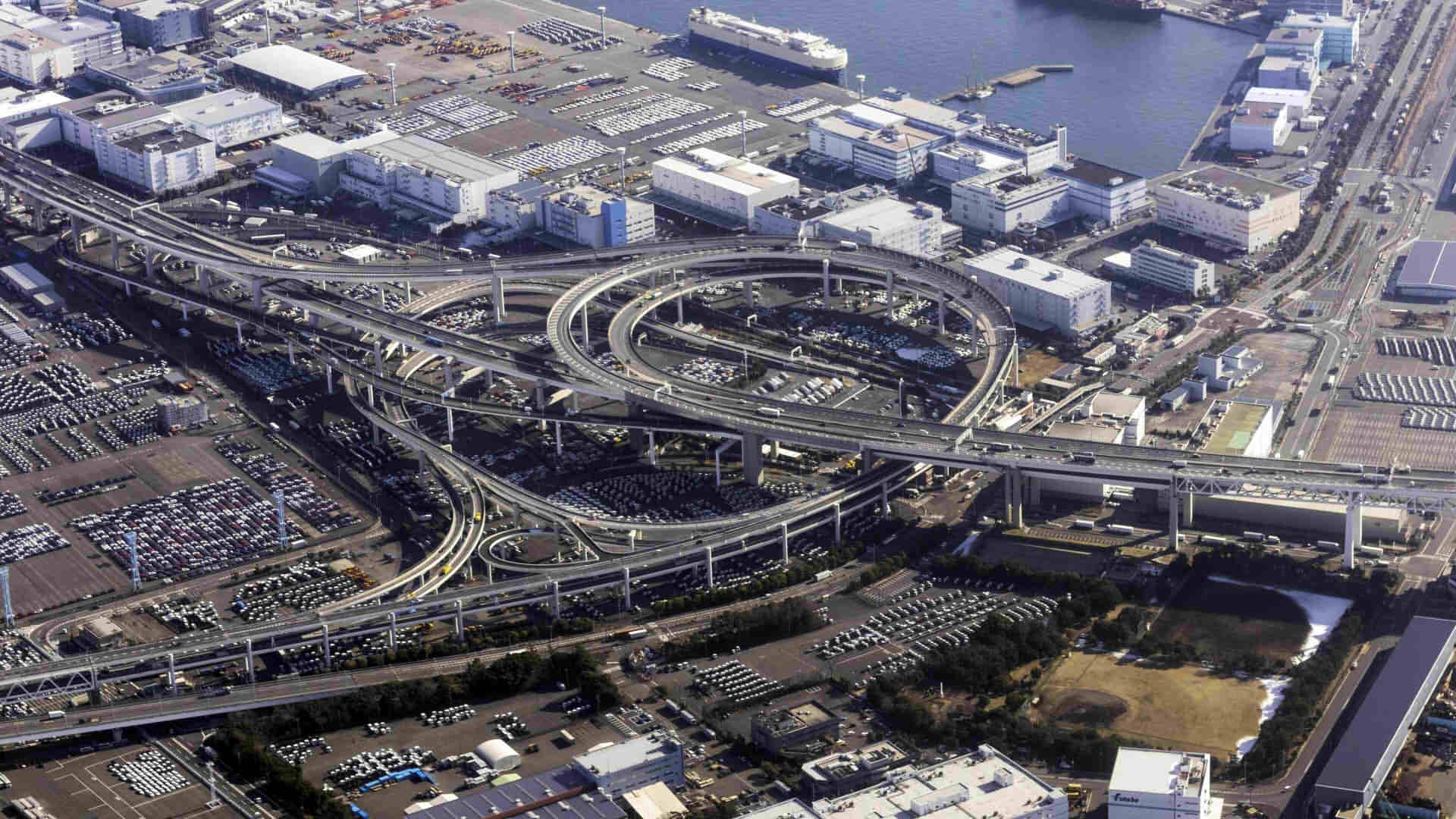
Located in Tsurumi Ward, Yokohama City, Kanagawa Prefecture, Daikoku Parking Area (hereafter Daikoku PA) is situated on the Kanagawa Route 5 Daikoku Line of the Metropolitan Expressway and is known as the largest parking area on the expressway network. Opened in 1989 along with the Yokohama Bay Bridge, this location initially gained popularity as a prime spot for drive dates. However, in recent years, while attracting attention from both domestic and international visitors as a “mecca for car enthusiasts,” it has also faced issues of overtourism, becoming a serious challenge for local residents and facility managers.
Background of Daikoku PA Becoming a “Mecca”
Daikoku PA became famous among car enthusiasts from the mid-1990s onwards. With the spread of the internet, it gained recognition as a gathering place for enthusiasts of modified cars, classic cars, and luxury sports cars. The spacious parking area (accommodating about 400 vehicles), easy accessibility, and scenic view of Tokyo Bay became particularly attractive features. On weekends, many spectators began to visit. Moreover, in recent years, its popularity has surged among international tourists as a spot to experience Japanese car culture. Its reputation has spread through social media and foreign media, even leading to the organization of tour bus visits.
This rise in popularity, however, has led to various problems. The impacts of overtourism are particularly evident in the following areas:
Increase in Misconduct and Dangerous Behavior
At Daikoku PA, it has become commonplace for people visiting to display and show off modified cars to occupy parking spaces for extended periods. Furthermore, some visitors engage in behaviors that deviate from the facility’s original purpose of “rest,” such as revving loud engines, having barbecues in the parking lot, and unauthorized selling of food and drinks. Particularly among foreign tourists, there have been reports of dangerous acts like climbing over highway fences for illegal entry or attempting to enter on foot via the roadway, prompting repeated warnings from the police and Metropolitan Expressway Company.
Impact on General Users
Daikoku PA is a rest facility on the expressway, intended for truck drivers and general drivers on long-distance trips to take breaks. However, car enthusiasts and tourists occupying the parking lot have frequently led to situations where intended users cannot park. This congestion is particularly noticeable on weekends and at night, leading to criticism that “the facility has lost its function as a parking area.”
Deterioration of Public Safety and Closure Measures
In response to these situations, the Kanagawa Prefectural Police and Metropolitan Expressway have implemented weekend night closures of Daikoku PA on multiple occasions. For example, in 2022, a prolonged closure was implemented as part of measures against the COVID-19 pandemic, aimed at curbing noise and illegal activities by modified cars. However, cases of people lingering on surrounding roads even after closure have occurred, failing to provide a fundamental solution. In 2024, nuisance behavior by foreign tourists gained further attention, with media reporting that the “mecca has fallen into chaos.”
Impact of Overtourism on the Local Area
While the area surrounding Daikoku PA is an industrial zone and not a residential area, it affects tourists visiting nearby Daikoku Futo and Yokohama Bay Bridge. Illegal parking and traffic congestion on surrounding roads have indirectly impacted logistics and the local economy. Additionally, some foreign tourists acting without understanding Japanese traffic rules and manners have caused friction with local residents and drivers. If this escalates, it could lead to a negative image of Japanese tourist destinations as a whole.
Search for Solutions
Several measures have been proposed to address the overtourism at Daikoku PA. First, limiting parking time and establishing dedicated areas could separate the needs of general users from car enthusiasts and tourists. Strengthening multilingual signage and rule explanations for foreign tourists is also necessary to promote better manners. Furthermore, there are suggestions to officially organize car events, providing a controlled environment for enthusiasts to gather. However, these measures require costs and management system improvements, which are beyond the capabilities of just the Metropolitan Expressway and police.
Conclusion
While Daikoku Parking Area is known worldwide as a symbol of Japanese car culture, it faces new challenges in the form of overtourism. Maintaining its appeal as a mecca for car enthusiasts while ensuring convenience and safety for general users requires cooperation from all stakeholders and visitors. The future of Daikoku PA depends on how to balance its development as a tourist attraction with harmony in the local community.

